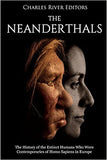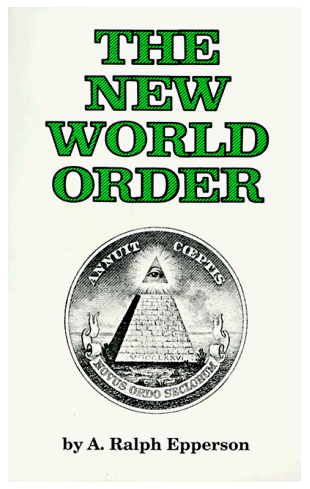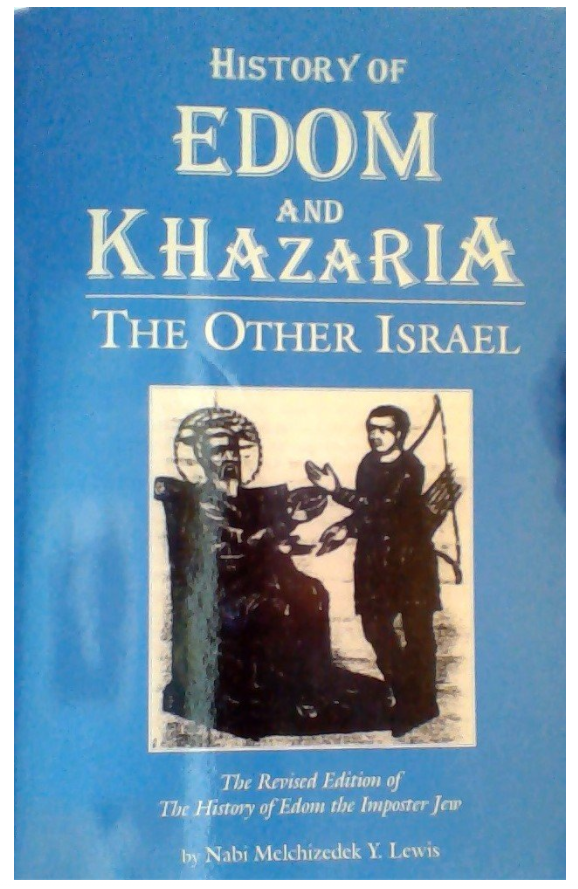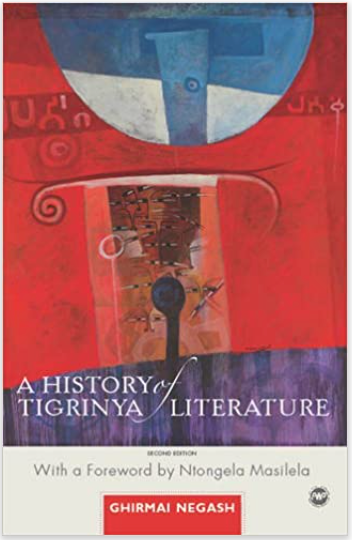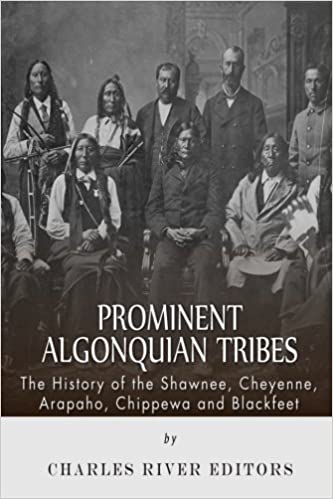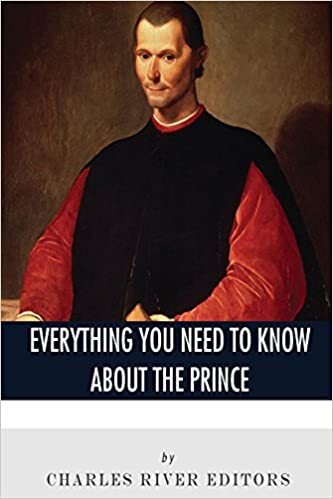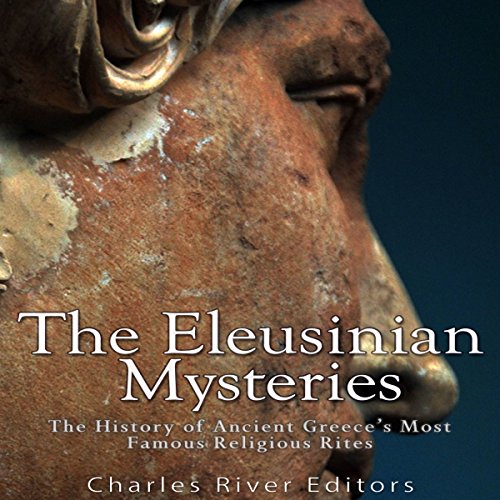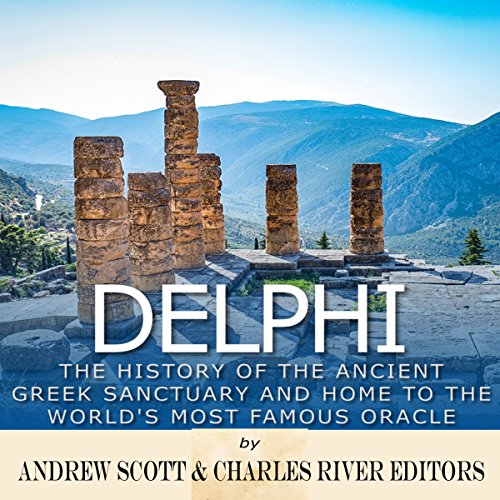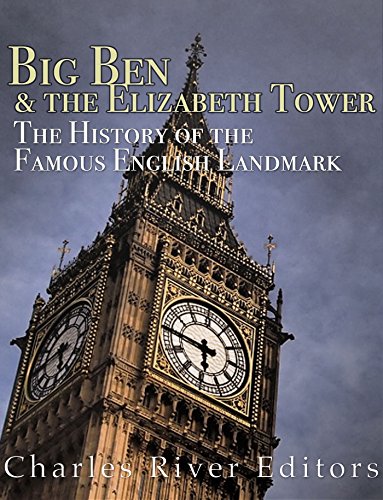The New Kingdom of Ancient Egypt: The History and Legacy of the Egyptian Empire at the Peak of Its Power
ISBN: 9781546927631
*Includes pictures
*Includes ancient accounts of the New Kingdom
*Includes online resources and a bibliography for further reading
*Includes a table of contents
Africa may have given rise to the first human beings, and Egypt probably gave rise to the first great civilizations, which continue to fascinate modern societies across the globe nearly 5,000 years later. From the Library and Lighthouse of Alexandria to the Great Pyramid at Giza, the Ancient Egyptians produced several wonders of the world, revolutionized architecture and construction, created some of the world’s first systems of mathematics and medicine, and established language and art that spread across the known world. With world-famous leaders like King Tut and Cleopatra, it’s no wonder that today’s world has so many Egyptologists.
What makes the accomplishments of the Ancient Egyptians all the more remarkable is that Egypt was historically a place of great political turbulence. Its position made it both valuable and vulnerable to tribes across the Mediterranean and the Middle East, and Ancient Egypt had no shortage of its own internecine warfare. Its most famous conquerors would come from Europe, with Alexander the Great laying the groundwork for the Hellenic Ptolemy line and the Romans extinguishing that line after defeating Cleopatra and driving her to suicide.
Among all the periods in ancient Egyptian history, the New Kingdom (ca. 1550-1050 BCEE) is perhaps the best known among non-specialists and Egyptologists alike. The reasons for wide-ranging modern knowledge of the New Kingdom are many and include a wealth of extant written materials, several well-preserved temples, and numerous larger-than-life kings and other personalities. In terms of literature, the New Kingdom not only boasts the most extant texts that have been translated and studied by modern scholars, but also a number of texts originally produced during earlier periods of Egyptian history that were copied during the New Kingdom. The texts span several genres including religion, historiography, bureaucracy, and diplomacy, which have all helped Egyptologists reconstruct the chronology, religious practices, and daily lives of Egyptians during the New Kingdom. Many of the texts were inscribed on the walls of some of Egypt’s greatest temples such as Medinet Habu, Luxor, and most impressive of all, Karnak. The abundance of literature written and temples constructed during the New Kingdom was the direct result of Egypt’s growing influence in the Near East during the late Bronze Age.
*Includes ancient accounts of the New Kingdom
*Includes online resources and a bibliography for further reading
*Includes a table of contents
Africa may have given rise to the first human beings, and Egypt probably gave rise to the first great civilizations, which continue to fascinate modern societies across the globe nearly 5,000 years later. From the Library and Lighthouse of Alexandria to the Great Pyramid at Giza, the Ancient Egyptians produced several wonders of the world, revolutionized architecture and construction, created some of the world’s first systems of mathematics and medicine, and established language and art that spread across the known world. With world-famous leaders like King Tut and Cleopatra, it’s no wonder that today’s world has so many Egyptologists.
What makes the accomplishments of the Ancient Egyptians all the more remarkable is that Egypt was historically a place of great political turbulence. Its position made it both valuable and vulnerable to tribes across the Mediterranean and the Middle East, and Ancient Egypt had no shortage of its own internecine warfare. Its most famous conquerors would come from Europe, with Alexander the Great laying the groundwork for the Hellenic Ptolemy line and the Romans extinguishing that line after defeating Cleopatra and driving her to suicide.
Among all the periods in ancient Egyptian history, the New Kingdom (ca. 1550-1050 BCEE) is perhaps the best known among non-specialists and Egyptologists alike. The reasons for wide-ranging modern knowledge of the New Kingdom are many and include a wealth of extant written materials, several well-preserved temples, and numerous larger-than-life kings and other personalities. In terms of literature, the New Kingdom not only boasts the most extant texts that have been translated and studied by modern scholars, but also a number of texts originally produced during earlier periods of Egyptian history that were copied during the New Kingdom. The texts span several genres including religion, historiography, bureaucracy, and diplomacy, which have all helped Egyptologists reconstruct the chronology, religious practices, and daily lives of Egyptians during the New Kingdom. Many of the texts were inscribed on the walls of some of Egypt’s greatest temples such as Medinet Habu, Luxor, and most impressive of all, Karnak. The abundance of literature written and temples constructed during the New Kingdom was the direct result of Egypt’s growing influence in the Near East during the late Bronze Age.




